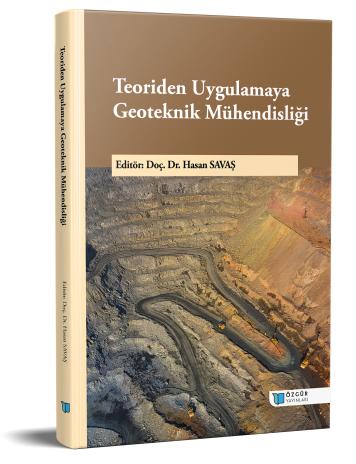
Geotechnical Engineering From Theory to Practice
Synopsis
Geotechnical Engineering is a branch of science that studies the behavior of the soil, which is the element with the highest technical and financial risk in civil engineering projects, in interaction with the structure. The Geotechnical Department, which includes the fields of Foundation Engineering and Soil Mechanics, began to form in the early 1900s. Combining the basic principles of classical soil mechanics with the increasing field experience of professionals working in geotechnics over the years has made it possible to minimize the uncertainties in soil behavior. This approach has enabled the design of safe and cost-effective structures. Especially the damages observed after the 1964 Niigata earthquake, the 1995 Kobe earthquake, and the 1999 Adapazarı earthquake revealed the effects of local ground conditions. They caused researchers to focus on the field of Geotechnical Earthquake Engineering.
This book, Geotechnical Engineering from Theory to Practice, consists of five chapters containing valuable information on different study topics in the field of geotechnics. The issues discussed here are Dam grout curtain design, seismic slope stability, ground amplification analysis, site-specific seismic hazard analysis, and waste tire products in Civil Engineering. This book will offer a comprehensive perspective on Geotechnical Engineering in terms of theory and practice. I want to thank all the chapter authors who contributed to the book's preparation and Özgür Press for providing the opportunity to bring the book to its readers.
Assoc.Prof.Dr.Hasan SAVAŞ

